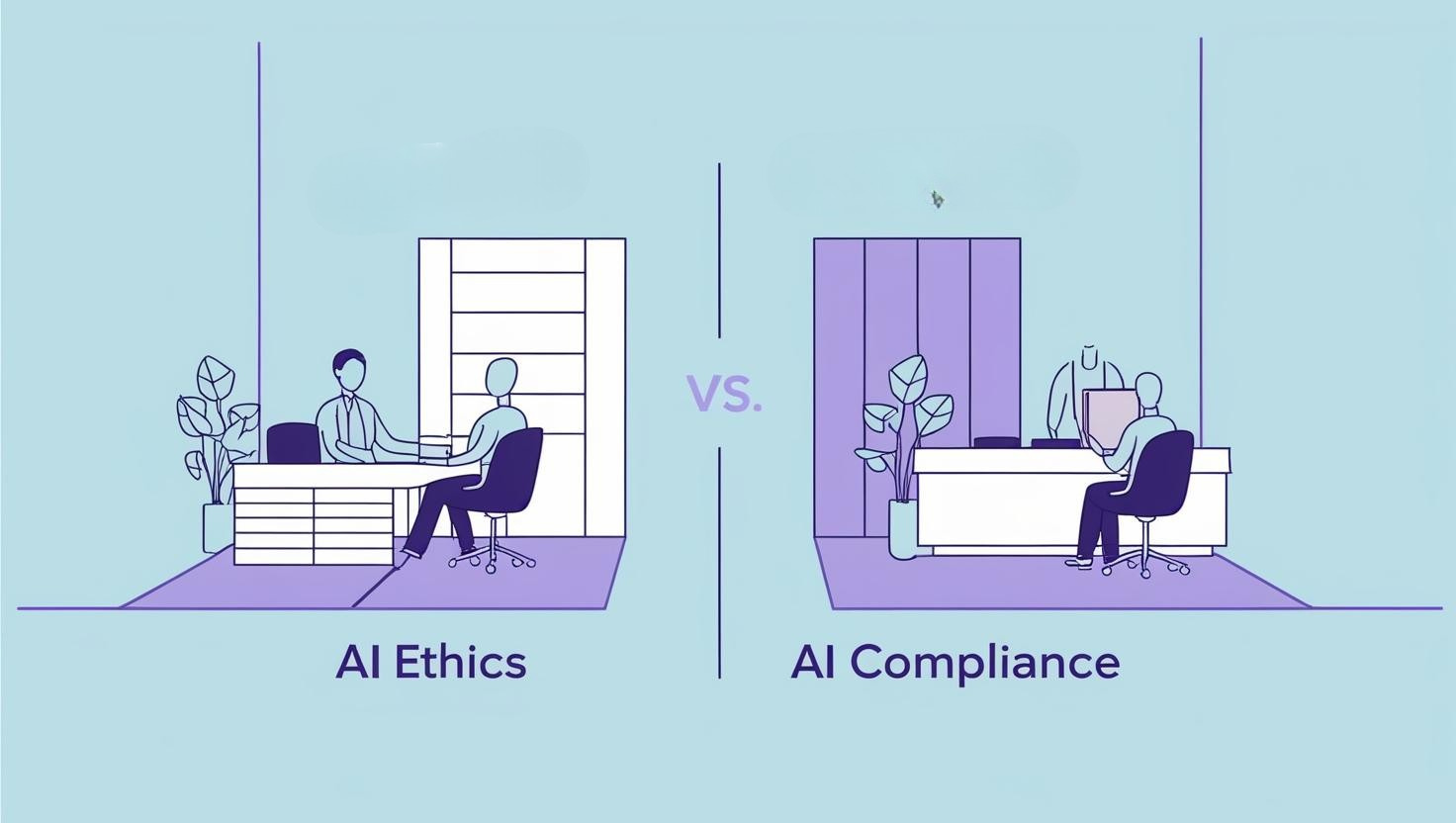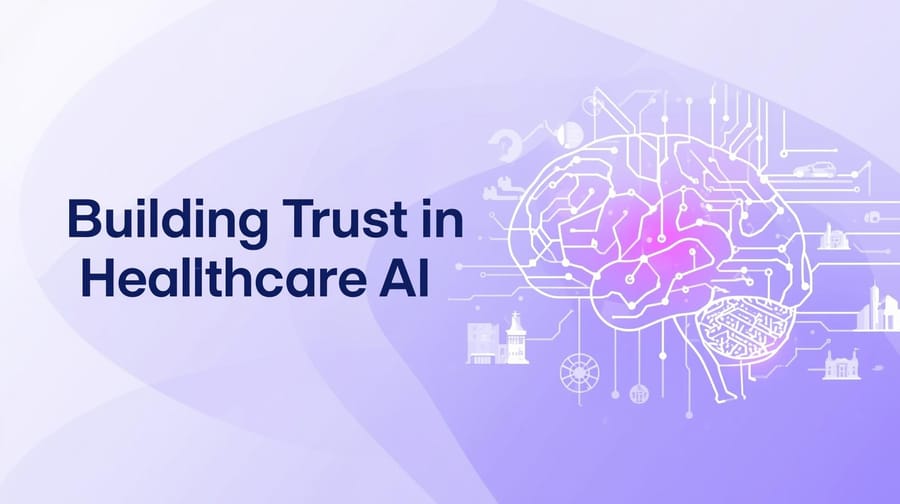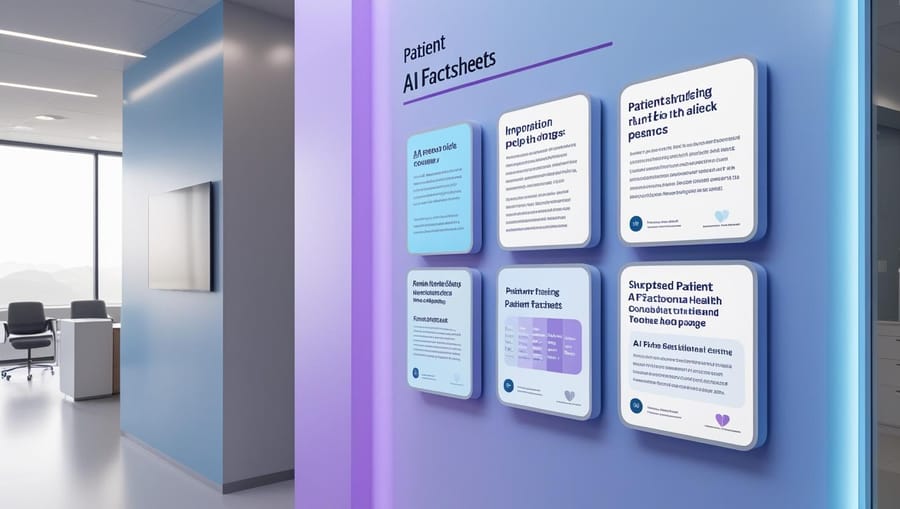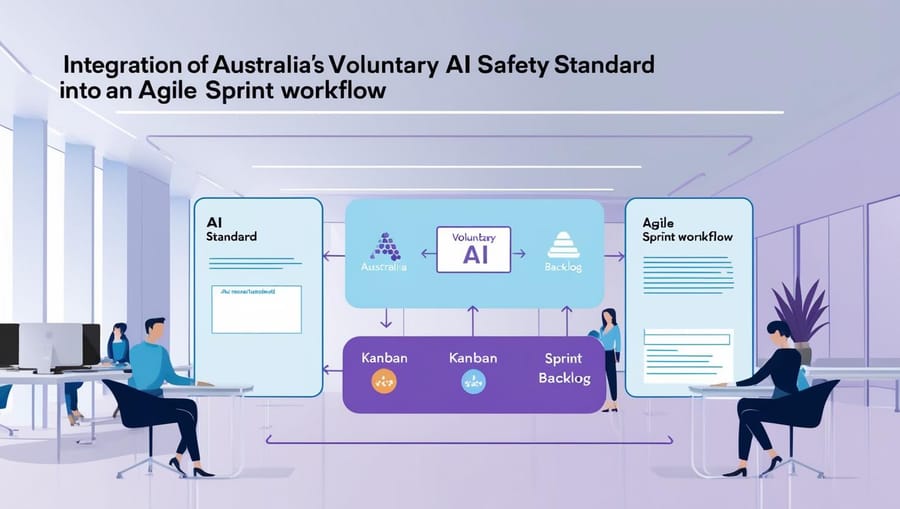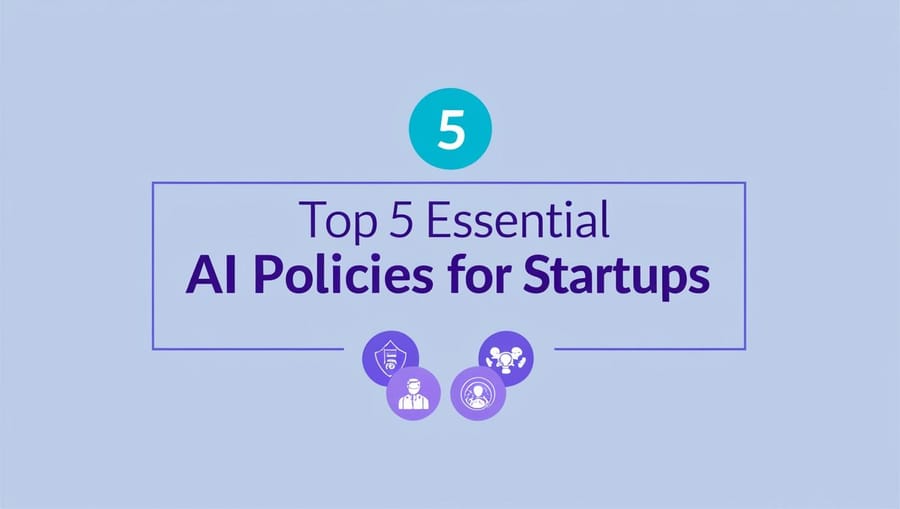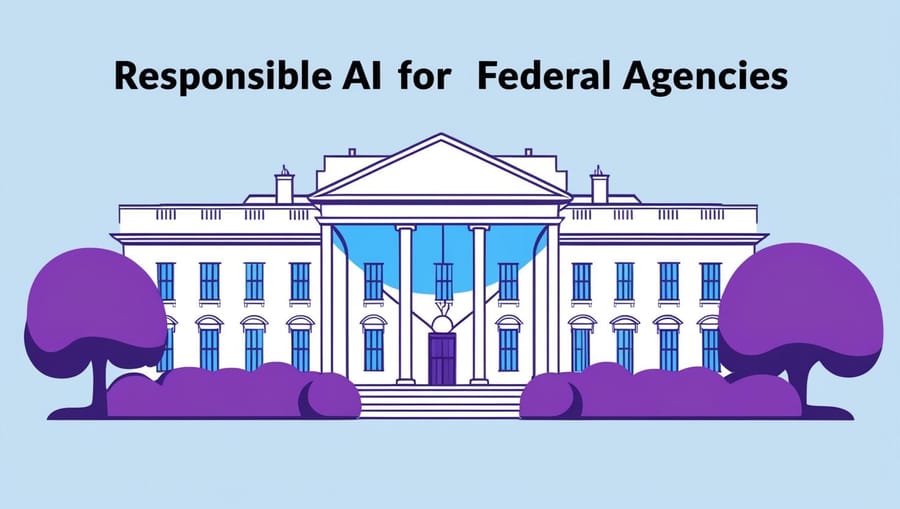Introduction: The Growing Importance of AI Governance
As artificial intelligence (AI) becomes deeply embedded in our daily lives and business operations, two key aspects of responsible AI development have emerged—AI ethics and AI compliance. While these terms are often used interchangeably, they are distinct concepts that serve different but complementary purposes.
- AI ethics focuses on the moral principles guiding AI development and deployment.
- AI compliance ensures that AI systems adhere to legal and regulatory requirements.
Understanding the differences between ethics and compliance is crucial for organizations looking to build trust, mitigate risks, and ensure responsible AI usage. This guide explores both dimensions, their key distinctions, and how businesses can align their AI strategies to balance ethical responsibility and regulatory compliance.
1. What is AI Ethics?
AI ethics refers to the principles and values that guide the development, deployment, and use of AI systems to ensure they are fair, transparent, and aligned with societal values.
Key Principles of AI Ethics:
✅ Fairness & Bias Mitigation – Ensuring AI does not discriminate against individuals based on race, gender, or other protected attributes.
✅ Transparency & Explainability – Making AI decision-making processes understandable to users and stakeholders.
✅ Accountability – Assigning responsibility for AI-driven decisions and their consequences.
✅ Privacy & Security – Safeguarding user data and preventing misuse of AI technologies.
✅ Human-Centric AI – Designing AI systems that enhance human well-being rather than replace human judgment.
🔹 Example: A healthcare AI model prioritizing patient well-being should ensure that its diagnostic predictions do not favor certain demographics while disadvantaging others.
2. What is AI Compliance?
AI compliance involves adhering to laws, regulations, and industry standards that govern AI use. Unlike AI ethics, which is voluntary, compliance is mandatory and legally enforceable.
Key Components of AI Compliance:
✅ Regulatory Adherence – Meeting legal requirements such as the EU AI Act, NIST AI RMF, GDPR, and ISO 42001.
✅ Data Protection – Ensuring AI models comply with privacy laws like GDPR and CCPA.
✅ Risk Management & Audits – Conducting regular AI audits to identify compliance risks.
✅ Documentation & Reporting – Keeping records of AI models, training data, and decision-making processes for regulatory audits.
✅ Third-Party Accountability – Ensuring vendors and AI service providers also comply with regulations.
🔹 Example: A financial institution deploying an AI-driven credit scoring system must comply with Fair Lending laws to prevent discrimination in loan approvals.
3. Key Differences Between AI Ethics & AI Compliance
| Aspect | AI Ethics | AI Compliance |
|---|---|---|
| Definition | Voluntary guidelines for responsible AI use. | Mandatory adherence to AI laws and regulations. |
| Objective | Promote fairness, transparency, and trust. | Avoid legal penalties and regulatory violations. |
| Governance | Guided by moral values and best practices. | Enforced by governments, regulators, and legal bodies. |
| Scope | Broad and adaptable across industries. | Specific and defined by industry regulations. |
| Consequences of Non-Compliance | Reputational damage, ethical concerns. | Legal fines, penalties, operational restrictions. |
🔹 Example: A hiring AI system can be ethically fair (not biased against any group) but still non-compliant if it fails to document its fairness evaluation process for regulators.
4. Why Organizations Need Both AI Ethics & AI Compliance
While AI compliance ensures businesses follow legal mandates, AI ethics ensures they meet higher moral and societal expectations. Combining both is essential for:
✅ Building Public Trust – Ethical AI adoption fosters transparency and goodwill.
✅ Avoiding Legal & Financial Risks – Compliance prevents regulatory fines and lawsuits.
✅ Enhancing AI Performance – Fair and explainable AI models lead to better business outcomes.
✅ Future-Proofing AI Strategies – Ethical frameworks help businesses adapt to evolving regulations.
🔹 Example: A social media platform implementing AI content moderation should comply with privacy laws (GDPR, CCPA) while also adhering to ethical guidelines on free speech and misinformation.
5. How to Align AI Ethics & AI Compliance in Your Organization
🔹 Step 1: Establish AI Governance Policies
✅ Define ethical AI principles alongside compliance requirements.
✅ Set up an AI ethics board and compliance team.
✅ Ensure cross-functional collaboration between legal, risk, and technical teams.
🔹 Step 2: Conduct AI Risk Assessments
✅ Identify ethical risks (bias, explainability, human impact).
✅ Assess compliance risks (regulatory violations, data protection gaps).
✅ Use AI risk heatmaps to visualize vulnerabilities.
🔹 Step 3: Implement AI Audits & Transparency Measures
✅ Conduct regular AI audits for bias, security, and compliance gaps.
✅ Use explainable AI (XAI) tools like SHAP, LIME, and model cards.
✅ Maintain AI documentation for regulators and stakeholders.
🔹 Step 4: Train Teams & Foster an Ethical AI Culture
✅ Educate employees on AI ethics, compliance, and responsible AI use.
✅ Implement AI literacy programs for developers, risk teams, and executives.
✅ Encourage a culture of transparency and accountability.
🔹 Example: A retail company using AI for personalized marketing trains its employees on data privacy laws (CCPA) and ethical advertising practices.
6. The Future of AI Governance: What Lies Ahead?
🚀 Stronger AI Regulations – The EU AI Act will introduce stricter compliance mandates, impacting global AI governance.
🚀 AI Ethics Becoming a Standard – More companies will adopt voluntary AI ethics guidelines as industry benchmarks.
🚀 AI Governance Automation – Businesses will use AI compliance dashboards for real-time risk tracking.
🚀 Ethical AI Becoming a Competitive Advantage – Consumers will prefer brands that prioritize responsible AI.
🔹 Example: Companies that integrate ethics + compliance into AI governance (like Microsoft’s Responsible AI Principles) will lead the AI-driven economy.
Final Thoughts: Striking the Right Balance
AI ethics and AI compliance are not mutually exclusive—they work best together. While compliance provides legal safeguards, ethics ensures AI aligns with human values. Organizations that prioritize both will drive responsible AI innovation, build user trust, and avoid costly regulatory pitfalls.
✅ Adopt AI governance frameworks like NIST AI RMF & ISO 42001.
✅ Develop AI ethics policies alongside regulatory compliance programs.
✅ Invest in AI audits and bias detection tools.

